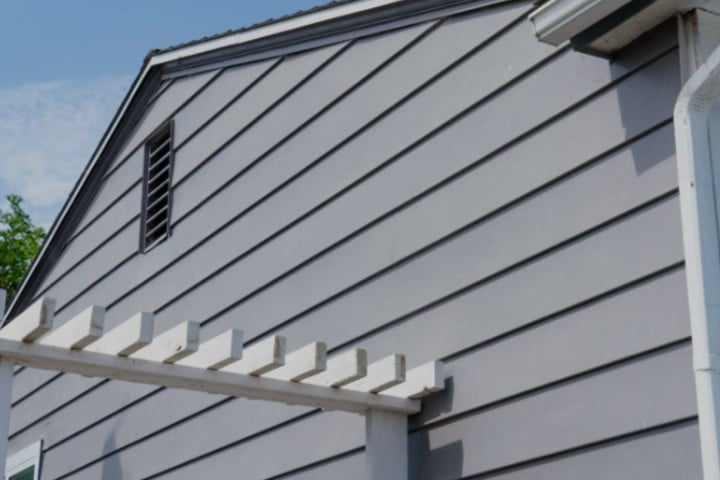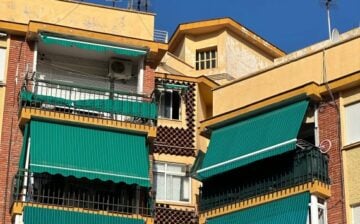Many homeowners choose vinyl siding because of its strength, adaptability, and visual appeal. Its durability as an external home protection material comes from its resistance to moisture and pests. Vinyl siding also allows for customized design options because it is available in an array of hues and styles. But timing is everything when installing vinyl siding if you want to reap all of its benefits. Before you begin, you might be wondering, How much does it cost to install vinyl siding? The following important factors will assist you in choosing the ideal installation time.

Considering the Seasons are Spring and Fall
Mild Temperatures: Vinyl siding installation is best suited for the mild temperatures found in the spring and fall. While extreme cold can make vinyl brittle and more likely to crack during installation, extreme heat can cause vinyl to expand.
- Weather Stability: The likelihood of delays due to rain or snowfall is lower during these seasons because the weather is usually more consistent.
Summer is a good option, But Proceed With Care
- Increased Daylight: Summertime’s longer days mean more hours of daylight for work, which could expedite the installation process.
- Heat Expansion: Take extra care in hot weather, though. Heat can cause vinyl siding to expand considerably, so it is critical to allow enough space between panels to allow for this expansion.
Avoid the wintertime at all costs
- Brittle Material: Vinyl becomes brittle and challenging to work with in cold weather. This makes precise installation difficult and raises the possibility of cracking.
- Weather-Related Delays: Ice and snow can lead to serious problems and delays.
Planning and Getting Ready for a Project
- Off-Peak Seasons: As demand is usually lower in late fall and early winter, contractors may have more availability and offer better rates during these times. If you plan your project during these periods, you will also have more date flexibility.
The Schedule of the Homeowner
- Convenience: Pick a time when there will not be many interruptions and that fits in with your own schedule. If you have children, for instance, planning the project for the school year might minimize disruptions.
Urgency and Repairs
- Repairs Right Away: If your siding is damaged now, do not wait for the best time of year to fix it. It is imperative that you get your home repaired or replaced right away to stop future problems like water intrusion and structural problems.
Preventive Actions
- Preemptive Installation: To prevent emergency repairs, if your siding is old but not yet damaged, think about replacing it beforehand in a mild season.
Money-Related Considerations
- What is the price of installing vinyl siding? Based on the time of year, the area, and the availability of contractors, costs can change dramatically. The cost per square foot for vinyl siding installation typically ranges from $3 to $7. Off-peak seasons might offer discounts, making it a more cost-effective option.
Conserving Energy
- Improved Insulation: Replacing your old vinyl siding with new can improve insulation in your home and reduce energy expenses. By installing siding before severe weather, these benefits can be maximized, and heating and cooling costs can be reduced.
Recognizing the Types of Vinyl Siding
It is crucial to comprehend the various vinyl siding options and how they affect the functionality and look of your house when choosing when to install vinyl siding. Every kind differs in certain aspects that could affect when you install it and what you need to prepare.
Traditional Lap Siding
The most popular kind of vinyl siding is traditional lap siding. It is available in a variety of widths and finishes and is intended to resemble wood siding. This kind of siding is a popular option for homeowners who require flexibility in their installation schedule because it is adaptable and can be installed in most weather conditions. Because of its flexibility, you can arrange for installation to take place in the spring, summer, or fall, based on your own schedule and the availability of your contractor. Making an informed decision about when and how to proceed with your installation will be made easier if you are aware of the unique qualities of traditional lap siding. Its extensive color selection also enables homeowners to create the ideal aesthetic for their properties. Traditional lap siding may offer long-lasting beauty and protection for many years with the right upkeep.
Conclusion
There are several factors to consider when installing vinyl siding, such as project planning, urgency, and cost. Proper planning can help you avoid unexpected delays and ensure a smooth installation process. While spring and fall are ideal seasons due to their mild weather, other factors such as expert availability and urgent repair needs may also influence your decision. For instance, during peak seasons, contractors may be booked well in advance, affecting your timeline. Additionally, if your current siding is damaged, addressing the issue promptly can prevent further structural damage. By carefully considering these factors, you can ensure that the siding installation is not only successful but also cost-effective.
We hope you found this blog post on When Should Vinyl Siding Be Installed In Your Home, useful. Be sure to check out our post on 6 Key Advantages of Home Siding Replacement for more great tips!
Have Experience in the Moving Industry? Want an Additional Income Stream? Work With All Around Moving!
Possessing experience in the shipping industry, and or moving, and are looking for additional Income stream opportunity? Read what All Around Moving has to offer to you!
The Work With Us program, it affords experienced moving consultants with the special opportunity to develop their moving consultant business from anywhere, any city in the U.S.A.
We will provide you with a complete set-up to run your business. To learn more, click here.





